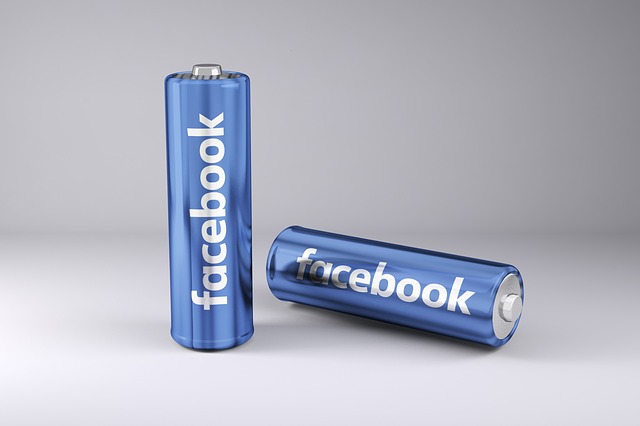Lithium Battery Burning-Effect and Solution
Dec 23, 2019 Pageview:1661
Lithium-ion batteries consist of lithium metallic ions. The lithium metal is very reactive and can produce many harmful effects if the temperature of the battery increases. The positive and negative plates are separated by a thin separator. It this separation breaches then the chances of an explosion of the batteries increases. The Li-ion batteries are very important as they are used in every electronic device to supply power. The power providing capacity of the batteries is much better than the traditional alkaline batteries. There are many advantages of using these batteries but on the other hand, there are many harmful effects on these batteries if not properly and without precautions.
The overheating of the Li-ion batteries cause thermal runaway of the batteries. In this process, the internal pressure and temperature of the batteries increase so much that the heat energy produced in the batteries causes the self-discharging process to speed up. This causes the lithium metallic ions in the battery to explode and catch fire. The burning of the lithium-ion batteries causes many dangerous outcomes.
Is burning lithium battery dangerous?
The fires produced by the burning of lithium-ion batteries cannot be regarded as normal fires. The gases produced due to burning are very fatal and difficult to control. The gases are very dangerous as they can irritation in eyes, skin, and nose. The gases can cause harm to the environment also. The threats caused by the gases produced are still under observations. The released of the toxic gases is proportional to the charging of the battery. A full charge battery will release more gases on explosion as compared to batteries that have less percentage of remaining battery.?
Gases contain carbon monoxide
The gases emitted from the burning of the lithium-ion batteries mainly contain carbon dioxide. The incomplete burning of gases produces carbon monoxide in the air. It is the most dangerous gas emitted from burning. The batteries when exposed to high temperatures can burn due to thermal chain reactions occurring in the cells of the battery.
Release of fluoride gas during burning
The measurements have been made in which the amount of the hydrogen fluoride gas has been calculated. The fluoride gas produced ranges from 20 and 200 mg/Wh. The phosphoryl fluoride gas is also produced during burning. It ranges between 15 to 22 mg/Wh. The quantity of HF and other fluoride gases vary from battery to battery. The state of charge of the batteries decides the percentage of fluorine gases evolved.
The electrolyte of the batteries is the prime source of the fluorine gases. The observations have been made to check the amount of fluorine gases and phosphoryl fluoride produced from the burning of electrolytes at different temperatures. The commercial Li-ion batteries emit large amounts of fluorine gases in the air during the burning process.
State of charge and burning of Li-ion batteries
The emission of hazardous gases depends on the state of the charge of batteries. The batteries having zero percent state of charge emit fewer gases and low amount of fluorine gases. The batteries having 100 percent SOC have more amount of emission gases and the comparison graph shows more peaks of the dangerous gases. The cells having more SOC percent release more heat and have a more intense flare.
What happens if you burn a lithium battery?
The burning process can be checked by having a piece of complete information about the battery structure. The battery consists of the strong lithium ions that have great potential to store energy. The two electrodes in the battery are separated by a perforated plastic that keeps the anode and cathode away from each other.
Burning causes explosion
The burning of the Li-ion batteries can cause the explosion of the batteries. When the charging of the batteries trickles the lithium ions then it is a very powerful source of energy but when the lithium ions are released in a single applied force causes the explosion of the batteries. This explosion occurs when the batteries are exposed to high temperatures and overcharging.
Burning produces hazardous gases
The plastic of the Li-ion batteries and the chemicals in the battery produce many toxic gases when exposed to fire. The maximum limit of the burning is that the battery explodes and can cause the third degree of burns. The chunks of the battery can spread in the room and the gases evolved can cause many breathing problems.
Burning and size of the Li-ion battery
The Li-ion batteries are designed to be compact and lightweight. The electrode, electrolyte, and especially the thin separators are placed in the battery. The overcharging and the increase in temperature causes the components of the battery to perform drastically. The lithium-ions in a small size battery start to move rapidly that causes the explosion of the batteries. The batteries are small in size and if they damage a bit they can cause short circuits. The spark produced due to a short circuit can ignite the lithium in the compact size batteries. Thus burning to increase the temperature that results in an explosion.
What should you do if you have a burning lithium battery?
The chemists have advised much technique to save yourself from the toxic fumes created by the burning of the battery. The best way is to keep the battery outside when it starts to burn. You should perform this action if you have no fire extinguishers. The cells are connected in series and they will burn one by one so keep the burning battery away from the room so that the toxic and hazardous gases that are produced must be evolved in the air.
The disadvantage of this act is that the gases produced will pollute the environment. You should try to stop the fire with water as lithium reacts with water easily. Try to use the Class D extinguishers that will stop the fire.
You should be aware of the burning of the cells in the pack of the battery and keep the burning battery in a safe place.
Bottom line
Always keep the batteries away from high-temperature areas and follow the precautionary measures provided by the manufacturer. The Li-ion batteries are used to power almost all the electronic devices so these batteries must be used properly to avoid explosion of lithium in the batteries.
- Prev Article: 21700 Lithium Battery, 21700 Lithium Battery Manufacturers
- Next Article: Industrial Lithium-Ion Battery-Definition and Application
Leave Message
Hottest Categories
-
Hottest Industry News
-
Latest Industry News














